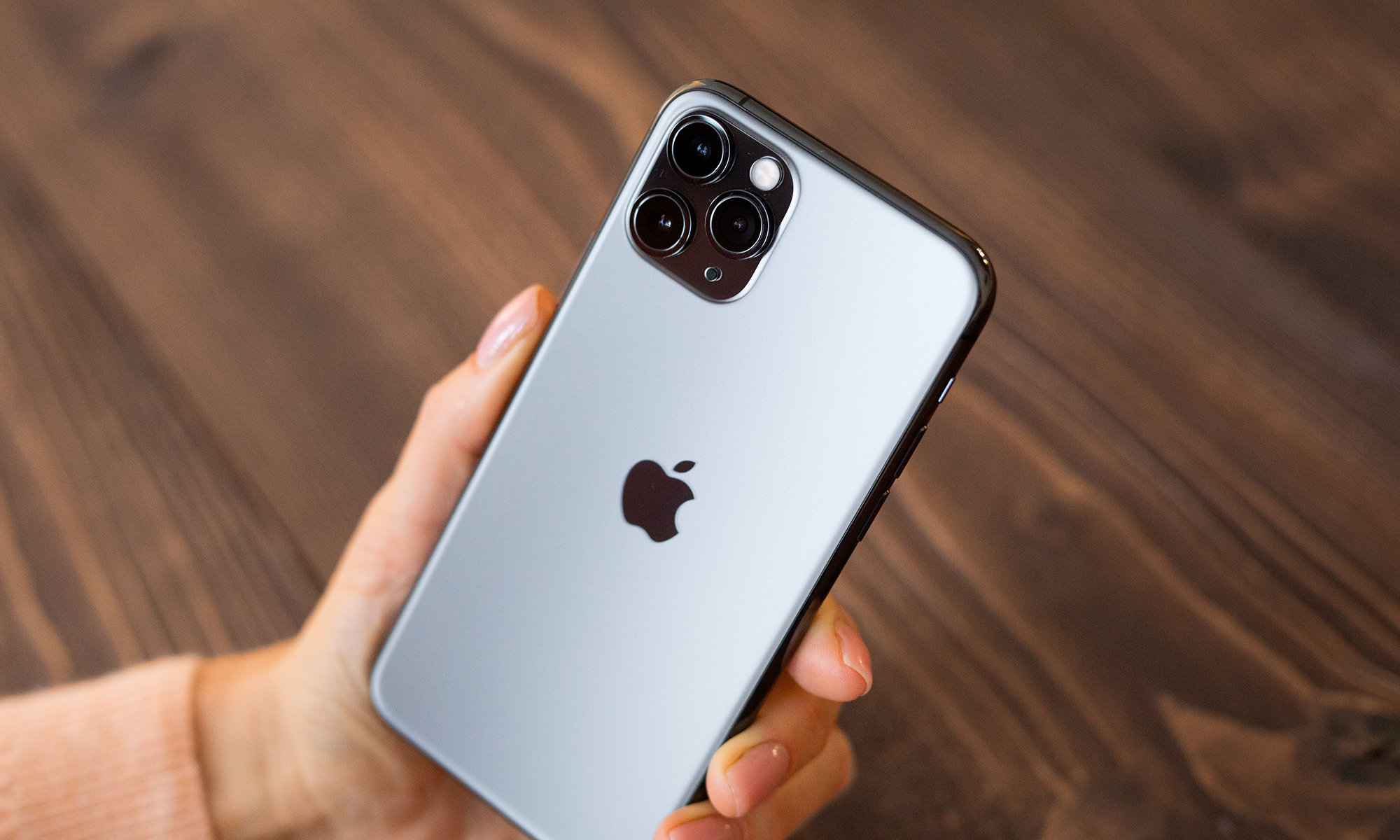Apple's (AAPL +0.17%) streaming push may finally be ready for prime time. After years of spinning its wheels in an attempt to develop a meaningful television service, Apple finally looks ready to break into the streaming arena, according to The New York Times.
The Times reports that the iPhone maker is in the midst of building a 128,000-square-foot headquarters near Hollywood for its entertainment division, and has acquired 12 new TV and movie projects since October, outspending rivals like Facebook and Alphabet's YouTube.
Apple also looks set to blow past its originally stated budget of $1 billion, and with nearly $300 billion in cash on its balance sheet, the company has little reason to show restraint. It's also signed star directors and actors like Steven Spielberg, M. Night Shyamalan, Reese Witherspoon, and Jennifer Aniston, moves that are reminiscent of Netflix's (NFLX +0.35%) recent deals with Grey's Anatomy creator Shonda Rhimes and Glee creator Ryan Murphy.
With its huge balance sheet and desire to find new revenue streams, it's clear why Apple is moving into video streaming. However, despite its deep pockets, there are a number of reasons why Apple's push into streaming could fail to yield the desired results.

Image source: Getty Images.
1. No expertise
Eddy Cue, Apple's senior vice president in charge of original programming, freely admitted that the company was out of its element in TV; at the recent South by Southwest conference, he said, "We don't know anything about making television." The same may once have been true for rivals like Amazon (AMZN +0.21%) and Netflix, which launched their own original entertainment studios in recent years, so television expertise is not necessarily a prerequisite for success in streaming. However, those two companies broke into streaming when the industry was much younger, and they had reams of their own data to guide their programming decisions.
If Apple has any competitive advantages here, they're in the size of its wallet and the popularity of its devices. But programming decisions are tricky, and it's not easy to find a hit. Apple also seems to be leaning toward sunny, optimistic programming that fits its brand, which could limit it creatively.
2. Video is not music
Since Apple disrupted music with the launch of iTunes and the iPod, the company's brand has been closely associated with music. Management has seen iTunes as a strategic advantage in the launch of subsequent products like the iPhone, iPad, and Apple Watch, and more recently, AirPods and the HomePod. The company's historic strength in music also guided its decisions to acquire Beats Electronics and to launch the subscription service Apple Music.
However, there are a number of differences between video and music. Most importantly, all of Apple's devices are designed with music listening in mind. The same cannot be said for video. The iPhone is by far Apple's most popular device, and consumers have shown, in contrast to earlier predictions, that they prefer to watch video on larger screens like televisions. I've argued before that Apple should make its own televisions, but the company abandoned an initiative to do so years ago. Producing its own video content would do much less to encourage the kind of beneficial ecosystems from its devices and content that iTunes and Apple Music do.
Apple's video model is still unclear. The company hasn't said whether it will charge a monthly subscription for its video content like Netflix -- or its content will be free but only viewable on Apple devices, therefore enticing more people to buy its products.
3. Where are the profits?
As long as the streaming rules are being dictated by companies like Amazon and Netflix, margins are likely to be thin. Netflix, the world's leading streamer, has shown it is unafraid to pour billions into streaming content, expecting a free cash flow deficit of $3 billion to $4 billion this year. After completing its international expansion in 2016, Netflix has steadily grown its profits, but it still has less than $1 billion in net income, as the company has been content to keep its subscription price at a very reasonable $11 per month. Without its own huge library, it will be hard for Apple to match that kind of value.
The greater lesson, though, may be that any potential video-streaming profits simply won't be meaningful enough to move the needle for Apple, as the company generated more than $50 billion in profits over the last year.
It's clear why Apple has been angling for a video-streaming presence. The company needs a way to grow revenue other than making its iPhone screen bigger, or raising the price on its trademark product. It can only do those things so many times. Streaming is appealing because the power in video entertainment is shifting from cable and traditional pay-TV operators to tech companies like Apple, and the industry should only grow as internet connectivity around the world improves.
However, Apple isn't a disruptor like Amazon or Netflix, and it isn't an incumbent in video like Disney, which must pivot as its cable empire is being increasingly threatened by streaming. Apple doesn't need streaming to work to be successful. And we don't know whether the company is willing to spend to build a large enough streaming library to compete -- a substantial library is essentially table stakes in the industry.
The company lacks advantages in streaming, and the industry still lacks profits. So even if Apple is successful in building a streaming service, the benefits for the company and its shareholders are unclear.













